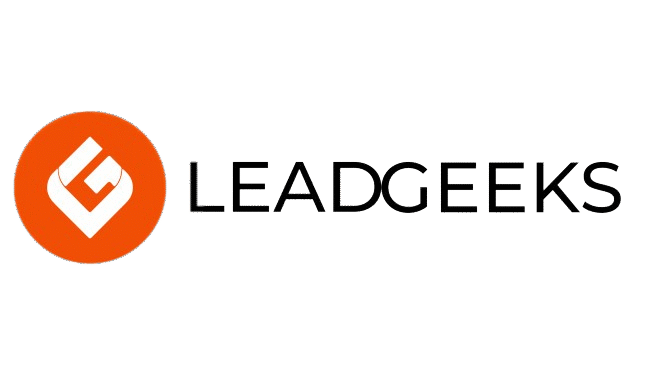How to Make White Label Digital Marketing Work? (For Beginners)
White label digital marketing is reshaping how agencies scale, serve clients, and stay competitive without overextending their internal resources. Whether you’re a solo consultant, a growing agency, or a startup looking to expand your service offerings, leveraging white label solutions can unlock serious growth potential; with the right know-how In this article, we’ll break down what white label digital marketing is, why it matters for your brand, and how to get started with a step-by-step guide that makes it work. What is White Label Digital Marketing? White label digital marketing is when you outsource digital marketing services from a third-party provider and rebrand them as your own when delivering to clients. You remain the point of contact and the face of the service, while your white label partner handles execution behind the scenes. This model typically covers services such as: Think of it like this: you’re expanding your menu without needing to cook every dish yourself. White label providers stay invisible to your clients. The reports, deliverables, and communication carry your branding—your agency looks like the full-service powerhouse, even if part of the work is being fulfilled externally. Why White Label Digital Marketing Matters for Your Brand There are a few key reasons why white label digital marketing can be a game-changer—especially for small or fast-scaling agencies. 1. Scale Without Hiring Hiring full-time specialists for every service is expensive and time-consuming. With white labeling, you can offer new services without the overhead of recruiting and training staff. 2. Focus on Growth and Relationships Instead of getting bogged down in technical execution, your team can focus on strategy, client relationships, and business development—the parts that move the needle. 3. Faster Time to Market With experienced white label partners, you can go from pitching a service to delivering results quickly—no long ramp-up period needed. 4. Maintain Brand Consistency Everything is white labeled with your brand—reports, dashboards, communications—so your agency looks consistent and professional, even if you’re outsourcing behind the scenes. 5. Reduce Risk and Costs Test out new services (like paid ads or SEO audits) without committing to full in-house teams or tools. You only pay for what you need, when you need it. In short, white label digital marketing lets you grow smarter, not just harder. How to Get Started with White Label Digital Marketing Step 1: Clarify Your Core Services vs. Gaps Start by identifying what services you already deliver well—and where your gaps are. Map out your offerings and determine where a white label partner could fill in the blanks. Step 2: Choose the Right White Label Partner Not all providers are created equal. Look for a partner who: Be wary of “jack-of-all-trades” providers who promise everything under the sun. It’s better to find specialists who excel in a few areas. Step 3: Set Up Clear Processes and Expectations Once you’ve chosen a partner, align on: A good white label relationship is like a seamless extension of your team. Document your processes so things run smoothly even as you scale. Step 4: Start with a Test Project Before rolling out across multiple clients, start with one internal or low-risk client account. This helps you: If the test goes well, you’ll feel confident expanding the partnership. Step 5: Communicate Value to Your Clients Your clients don’t need to know a third-party partner is involved—but they do need to see results. Showcase: Your white label partner fuels the backend, but you own the client relationship—so position your value as the strategic brain and the trusted point of contact. Step 6: Optimize and Scale As you gain confidence, create packages, templates, and internal SOPs (Standard Operating Procedures) to make onboarding new clients faster and easier. Use client feedback and performance data to refine: The more systematized your process, the more scalable and profitable white label digital marketing becomes for your brand. White label digital marketing isn’t just a passing buzzword. It’s a smart, sustainable way to grow your services without burning out your team. It gives you the flexibility to offer more value to clients, stay true to your brand, and scale at a pace that works for you. Start small, choose your partners carefully, and stay focused on delivering results that matter. Done right, white labeling can become one of the most powerful tools in your agency’s growth strategy. If this post has been resourceful for you so far, why not read more? We provide more insights like this in our blog! Learn more and stay up-to-date to current B2B marketing strategies by following us here.






